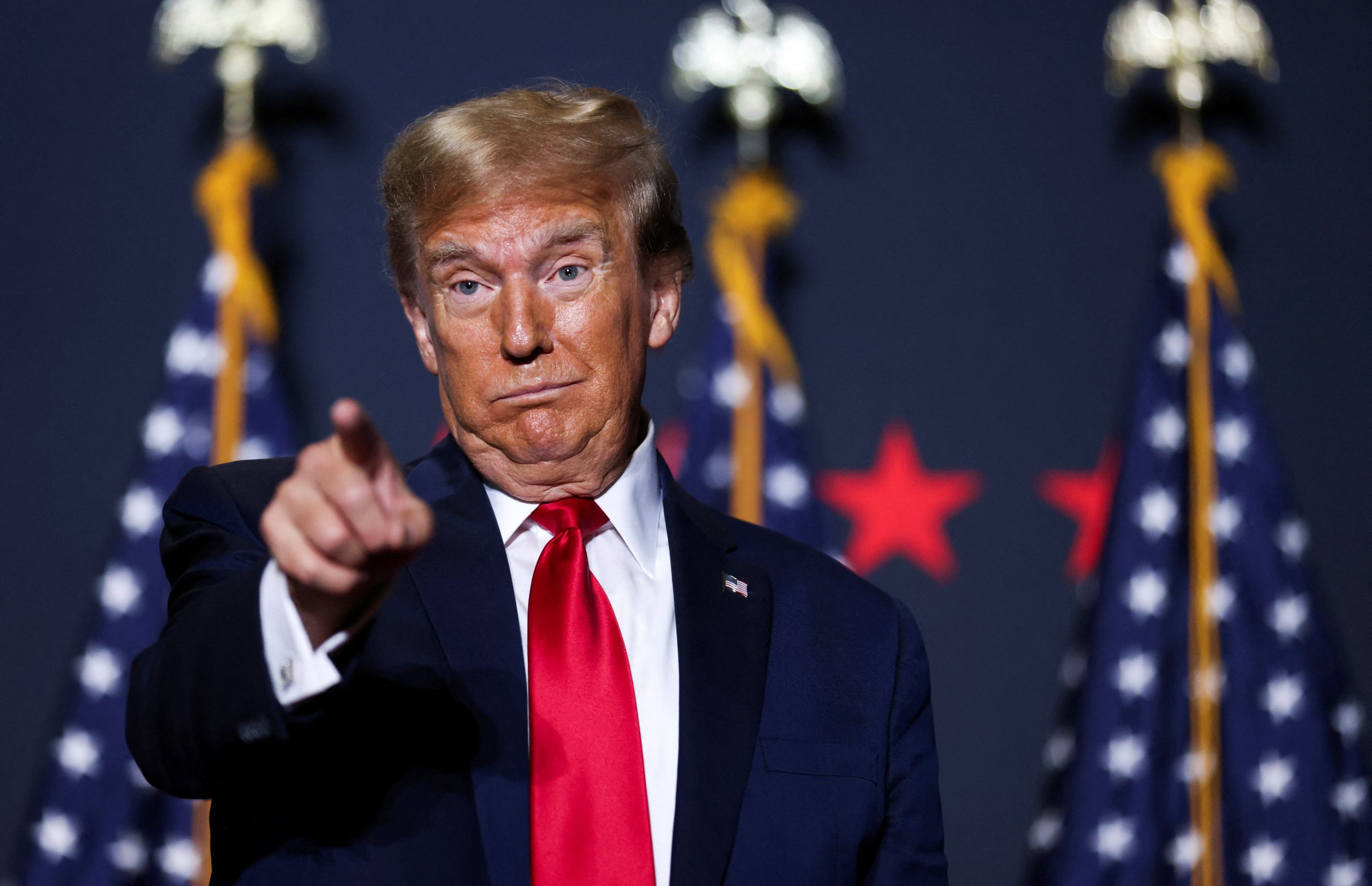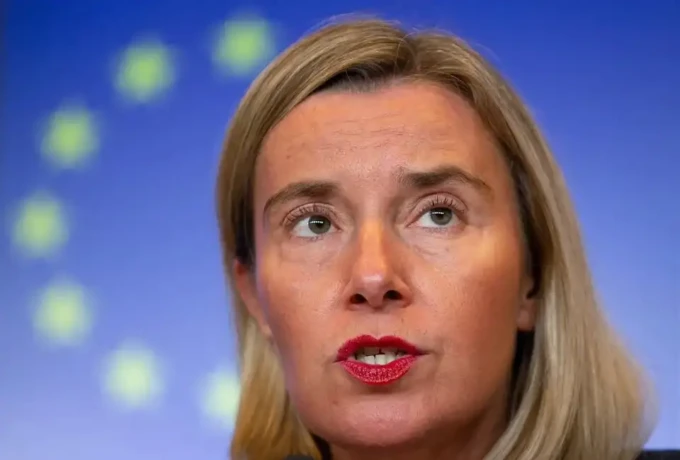The recent policy shifts by the Trump administration have ignited a nationwide debate among politicians and citizens, reflecting deep divisions over the direction of the federal government. Central to this discourse are significant restructuring efforts across various federal agencies, aimed at reducing the size and scope of the federal workforce.
In April 2025, the administration announced a comprehensive overhaul of the U.S. State Department, proposing the closure of over 100 offices. This plan includes the dissolution of several key bureaus and the redistribution of their functions under newly formed entities. Critics argue that such extensive cuts could impair the department’s ability to effectively manage foreign relations and address global challenges.
Similarly, the Department of Health and Human Services (HHS) is undergoing a significant reorganization. The proposal involves merging five existing agencies into a new Administration for a Healthy America and reducing the workforce by approximately 20,000 employees. This move has been met with criticism from public health experts and labor unions, who express concern that the cuts could severely impact the department’s capacity to respond to public health crises.
The administration has also reinstated the Schedule F provisions, reclassifying thousands of federal employees into positions that are exempt from traditional civil service protections. This change has sparked controversy, with opponents arguing that it undermines the merit-based civil service system and could lead to increased political influence within federal agencies.
In the realm of education, President Trump signed an executive order directing the Secretary of Education to facilitate the closure of the Department of Education, aiming to return authority over education to state and local communities. While the closure of a federal department requires congressional approval, the administration’s directive has nonetheless raised questions about the future of federal education programs and their impact on students nationwide.
These policy shifts have prompted widespread discussions about the role of the federal government, the effectiveness of its agencies, and the potential consequences of downsizing.
Supporters argue that reducing the size of the federal workforce is necessary for efficiency and fiscal responsibility, while critics contend that such measures could erode essential services and protections. The ongoing debate underscores the complexities involved in balancing governmental efficiency with the need to maintain effective public services.












Leave a comment